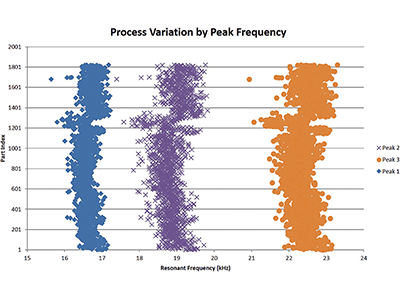How to Implement Application Performance Management Tools

Businessman in the office flat illustration
Here’s the truth regarding the stability of your website and all its encompassing applications - without an effective APM tool, you’re only borrowing time until a catastrophic error arises. Without the use of an application performance management solution, it’s impossible to continually monitor each level of an application, along with how it interacts with your network infrastructure. With the complexities now common among all applications, without this deep level of management, the experiences of your users can be significantly tarnished. Eliminate this possibility by learning how to correctly implement APM tools into your IT department.
Because air tight monitoring is required for all applications, and even more so when implementing an APM tool, the following tips are here to help streamline and simplify this often complex and misunderstood process:
Document APM Requirements
Before rolling out an APM tool, it’s essential that you and your IT director outline and document the requirements needed to maintain full control of applications. Does your APM need to delve deep into codes? What frequency should reports be made? Where should agents be sent to monitor for errors? What triggers are set in place to signal a potential issue? These are only a sample of the requirements you must flesh-out prior to implementing an APM solution.
APM Rollout Strategy
How does your business plan on implementing the APM tool? Will you suddenly rush the tool throughout all applications at all network levels? Or will the APM tool be rolled out in various phases? While both methods can work according to your needs and desires, both require effective planning to occur without a problem.
Take Into Consideration Future Growth Potential
When planning out the capacity for your future APM server, it’s essential to consider the rate of future growth. What will the traffic to an application be in three months? Six months? Or a year? While it’s nearly impossible to give a complete answer, if you know that your web applications will grow in popularity due to the quality of its service or an effective advertising campaign, make sure that you allow room in server processing capacities for this growth. Perhaps one of the primary reasons why an APM solution fails is because the APM server was not set up to handle heavy traffic loads.
Discuss Implementation Techniques With the APM Vendo
While the primary goal and function of an APM solution is universal, the exact technologies and features used within said solution are dependent on the third party vendor. Therefore, it’s essential to discuss implementation techniques and suggestions directly with the APM vendor. This is especially important if your web application monitoring program has unique requirements or your network infrastructure is unique, complex or dynamic. Doing so may help streamline the implementation process and reduce the number of installation/implementation errors.

